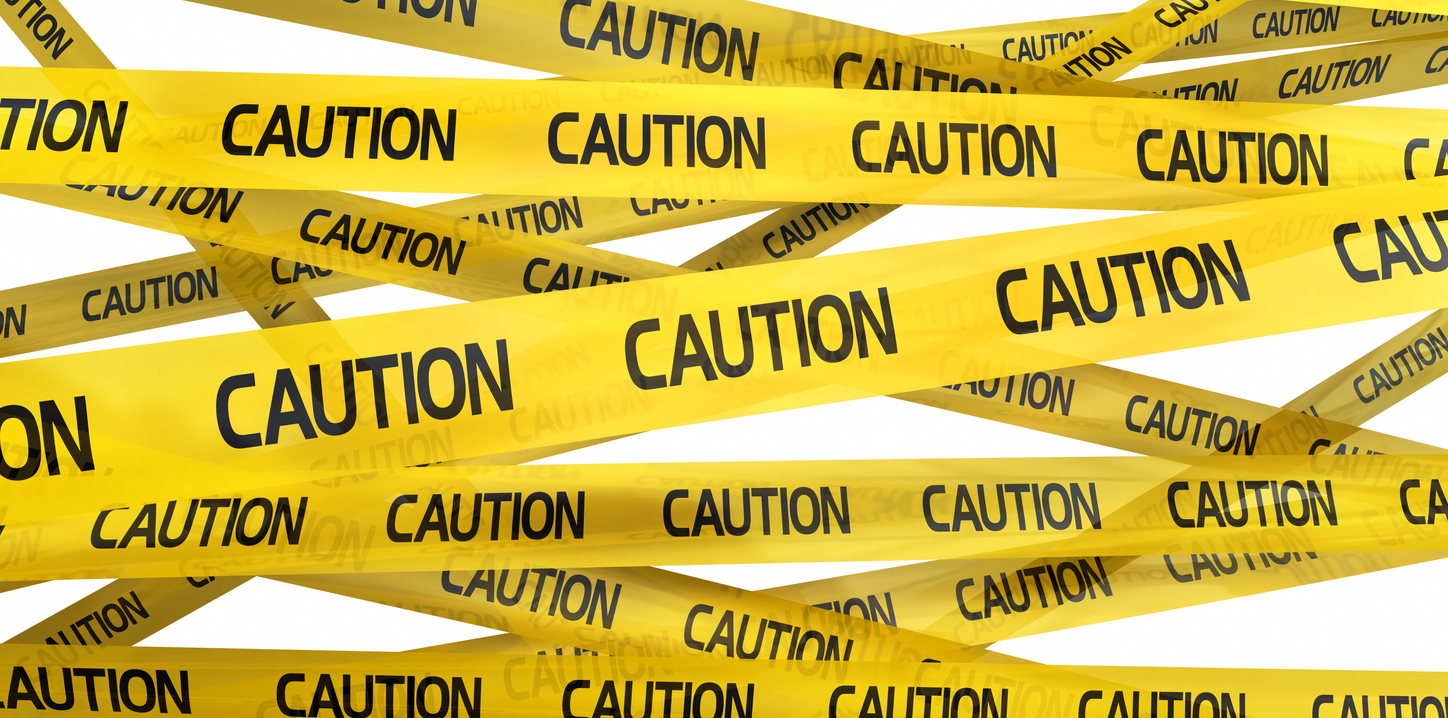US Department of Labor: Working in the veterinary field is more dangerous than working in law enforcement

According to figures compiled by the US Department of Labor, 12% of people who work in the veterinary services profession reported work-related injuries or illnesses in 2016, second only to people who work in nursing and residential care facilities, and ahead of police officers, firefighters, and construction workers.
That number includes veterinarians, veterinary technicians, veterinary assistants, and nonclinical staff.
“Veterinary workers are at risk from the time they walk into the veterinary practice in the morning until the time they leave in the evening,” said Richard Best, MA, CIHM, COSP, director of Occupational Safety and Health Administration (OSHA) compliance for Stericycle, a medical waste–removal company that also provides regulatory compliance and OSHA training to healthcare facilities. “[Those workers] are at risk and they do need to be protected.”
The risks they face are many: infectious agents, zoonotic agents, waste anesthetic gases, medications, animal bites, repetitive-motion injuries, noise, ionizing radiation, long work hours, stress, and more.
NEWStat talked to Best about the biggest hazards veterinary workers face and what hospitals can do to help protect them.
“In the veterinary workplace, the number-one hazard is animal restraint,” Best said. The most-frequently reported injuries are animal bites and scratches received while restraining animals.
Exposure to hazardous chemicals is another big concern for veterinary workers, Best said, whether it’s something as simple as a bottle of Clorox, or exposure to anesthetic gas. “One of the biggest concerns in veterinary workplaces is exposure to waste anesthetic gases,” Best said, and that exposure is especially dangerous for pregnant women.
“The third major hazard in veterinary workplaces is ionizing radiation coming from diagnostic X-rays,” Best said. That’s because animals, unlike human patients, have to be restrained in some way in order to X-ray them. “And during that time, workers can be injured, either from the radiation itself or from animal bites [received] while trying to restrain the animal.”
“But there are many other injuries,” Best said, such as ergonomic injuries from lifting heavy dogs onto surgical tables, or sharps injuries that occur while injecting medicines or drawing blood.
Kennel noise is another hazard that’s often overlooked, Best says. “The National Institute of Occupational Safety and Health did a study on kennel noise and found that the level of noise that the workers in those kennels are exposed to far exceeds OSHA’s permissible limits.”
Additionally, sharps are always a problem, says Best. “And in veterinary workplaces, it's not as regulated as it is in human workplaces.” In human healthcare, OSHA has a bloodborne-pathogen standard. But Best said it’s specific to human blood and, but for rare exceptions, it excludes animal blood. “So a lot of sharps injuries in veterinary workplaces go unreported as a result.”
So what can hospitals and workers do to protect themselves?
According to Best, “The number-one step to protect yourself is awareness. Just becoming aware that these hazards exist helps. But more importantly, become aware of steps you can take, like protecting yourself from ionizing radiation.” In addition to shielding yourself from the radiation, Best said, you have to factor in the length of exposure and your distance from the source of the radiation.
For animal bites, training is key. “Most animal bites and injuries to workers occur within their first three years of working in a veterinary workplace. The takeaway from that is, the more experienced workers become, they are learning techniques, perhaps even without thinking about it. They are learning from experience ways to maneuver animals, to hold them, to position them to prevent themselves from getting bitten.” The other takeaway, he said, would be to use more experienced workers to train less experienced workers, and pass along some of that wisdom before they learn the hard way.
In addition to training, Best recommends that hospitals maintain written programs and protocols regarding workplace hazards and safety.
If you don’t have the time to prepare them yourselves, there are resources available, such as OSHA’s Hazard Communication Standard and the Centers for Disease Control’s recommendations on veterinary safety and health, as well as from AAHA.
“It’s a little tough to do yourself,” Best concedes. “No one has time. You need to reach out to someone who knows what programs a veterinary workplace would need; [someone] who can advise them and get them through that process.”
Photo credit: © iStock/spawns



